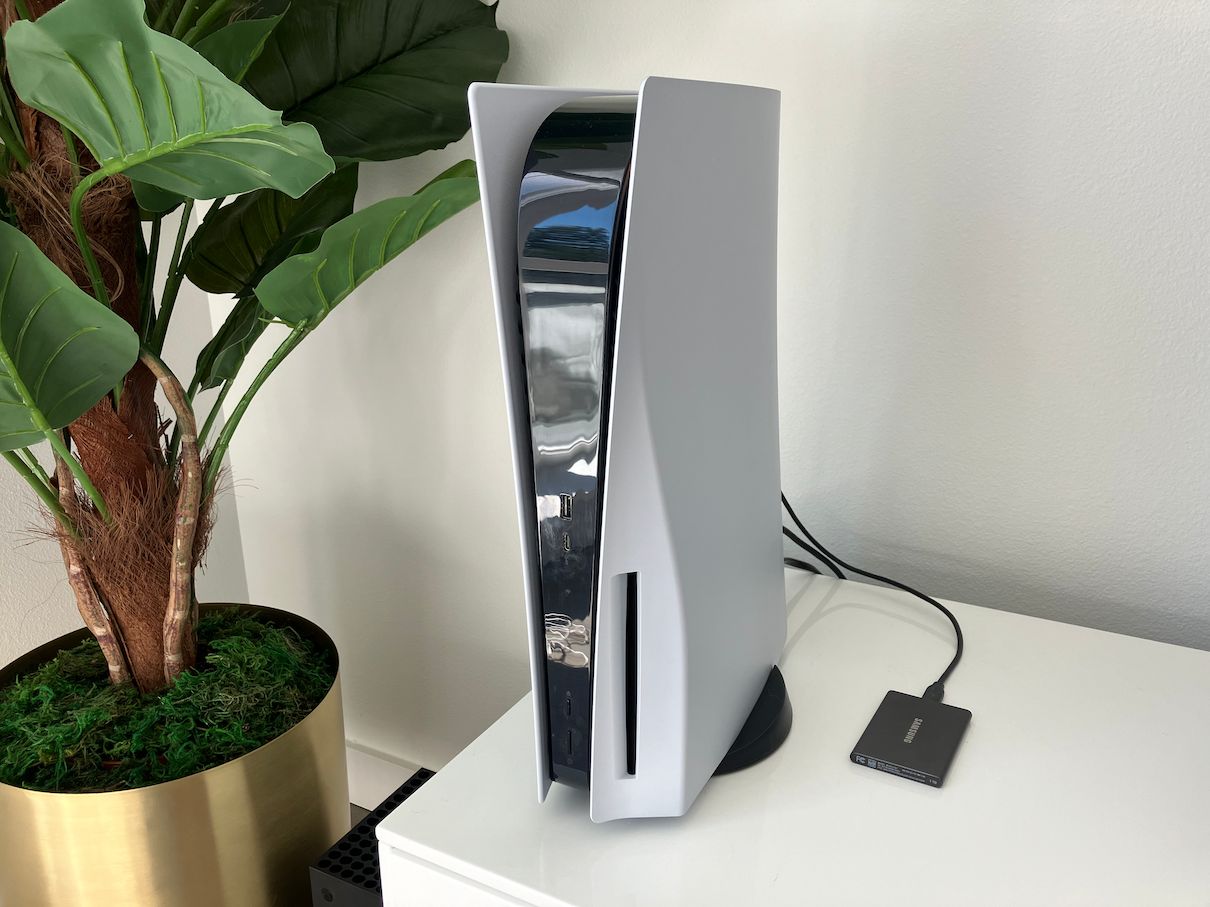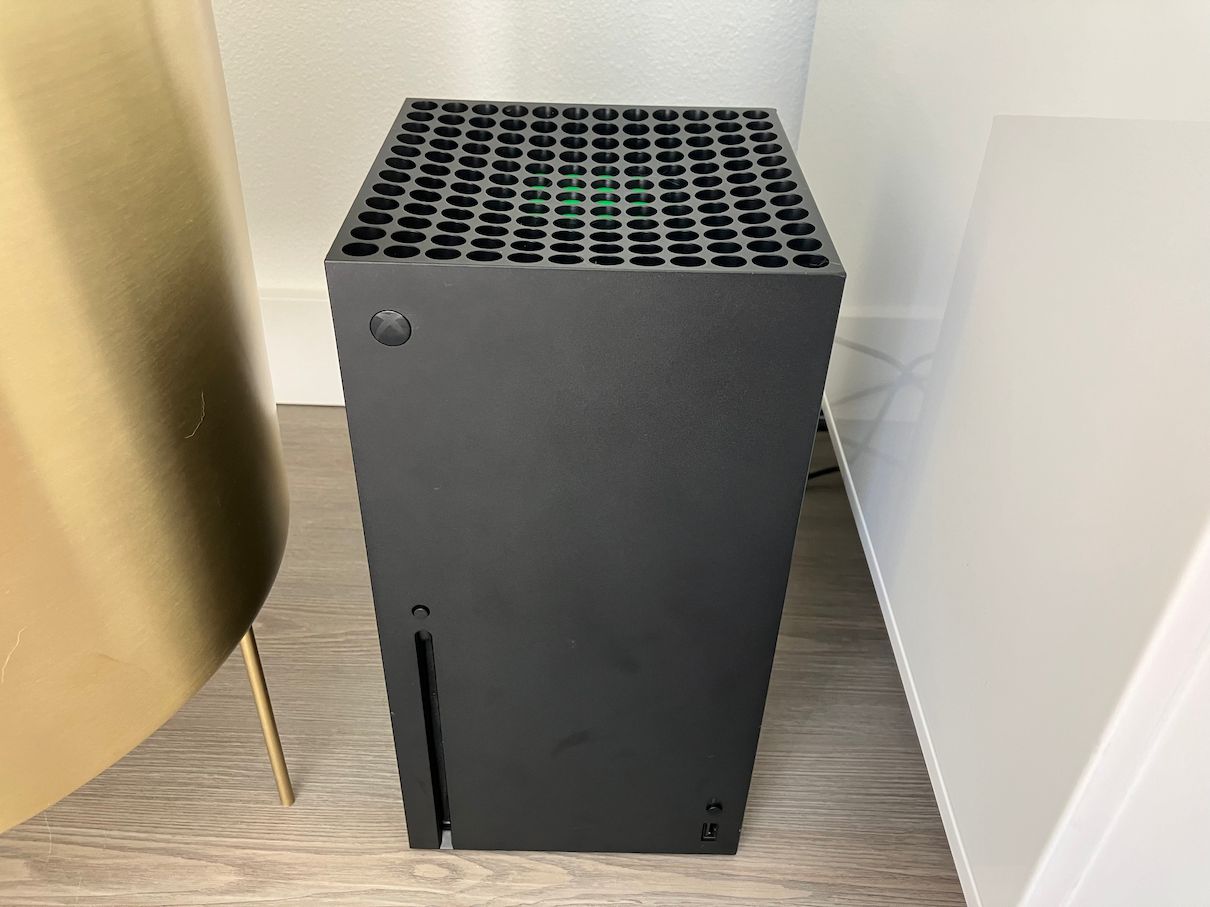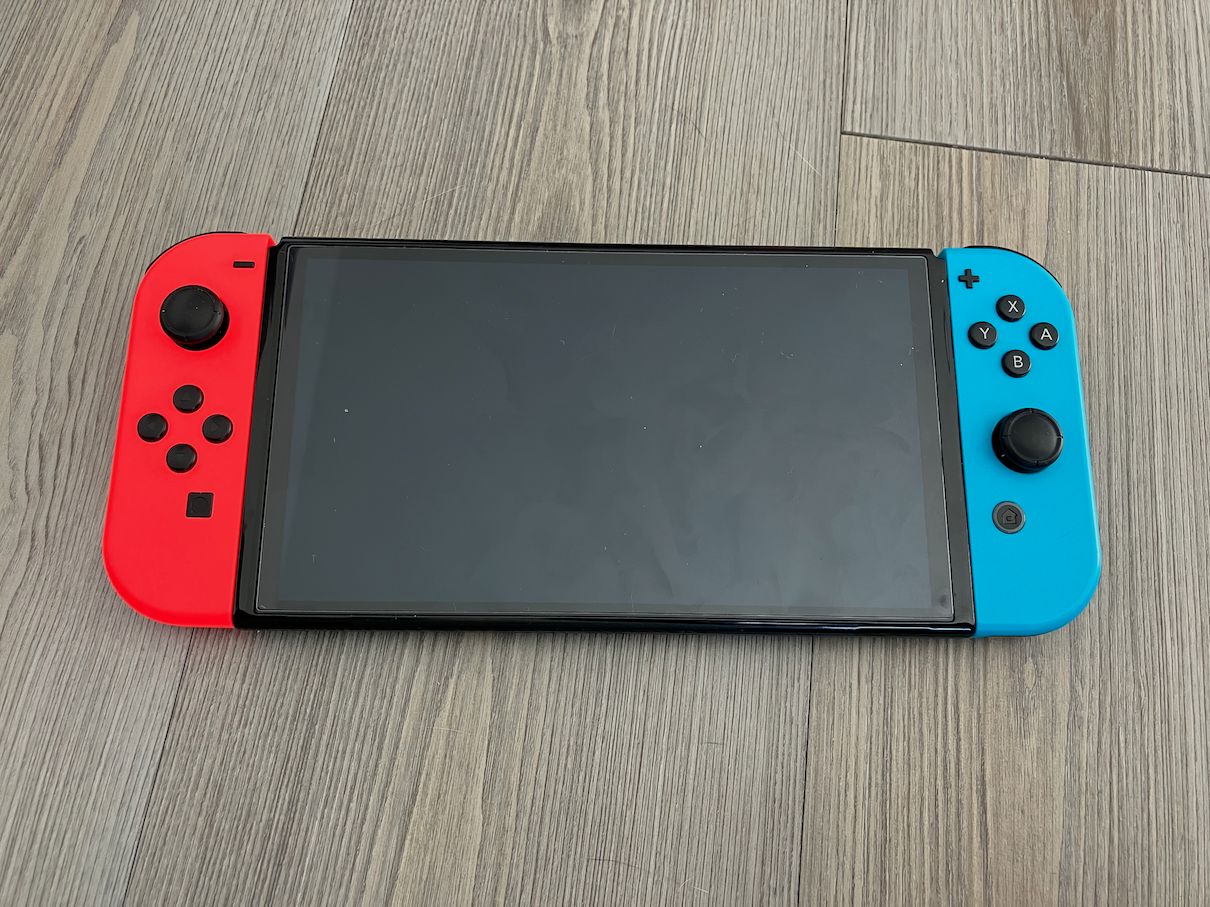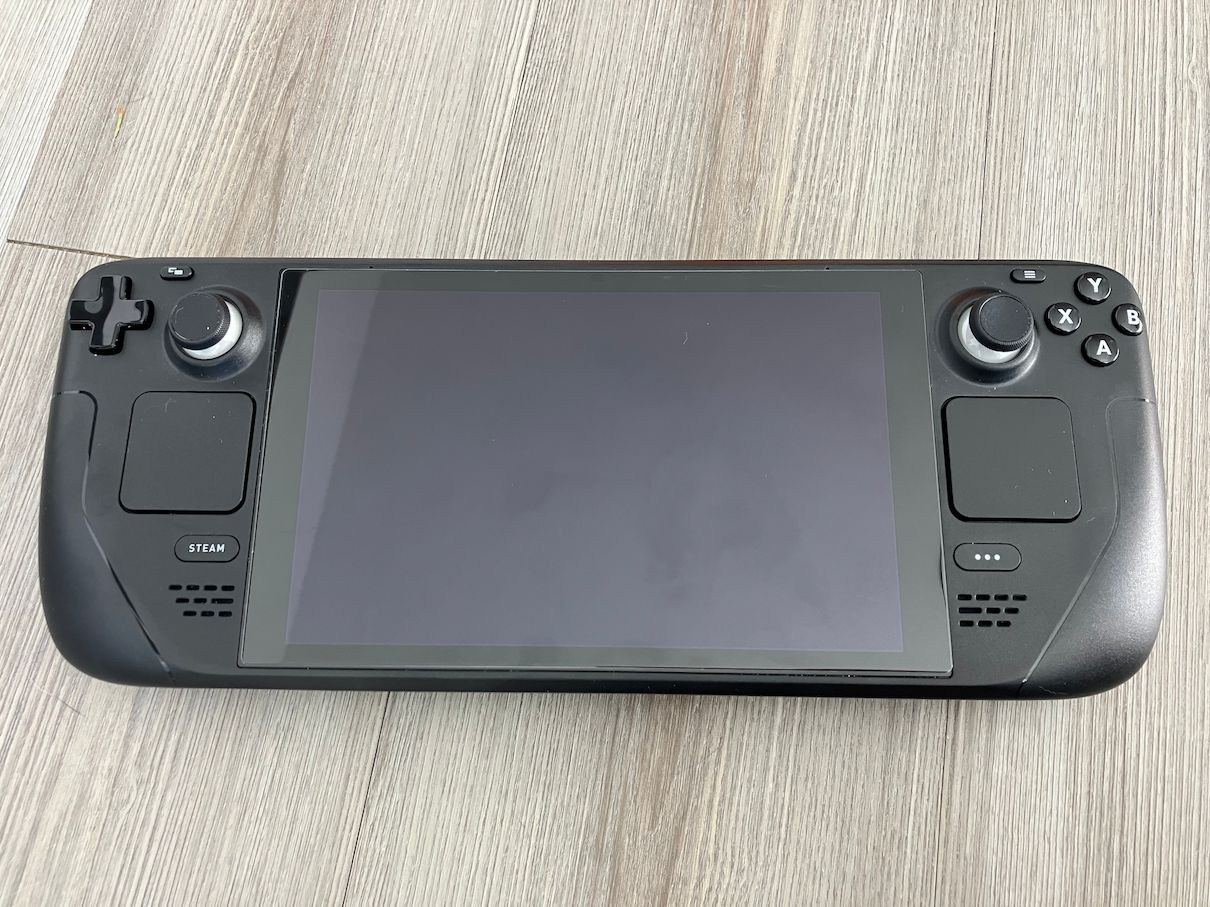Posts
Thoughts on the Ninth Generation of Videogame Consoles, Three Years In
It has been a little over three years since both Sony and Microsoft launched their new hardware to kick off the ninth-generation of consoles. I thought it would be interesting to take a look at where both the PS5 and Xbox Series X|S consoles are now, along with the Switch (which straddles generations) and Steam Deck. Note that all opinions stated here are mine, and mine only.
PlayStation 5
I was not expecting to pick up a PS5; I had been exclusive to both Xbox and Nintendo for a good 6 years by 2020. I wasn’t interested in Sony’s first-party exclusives, no matter how tantalizing they appeared. But as more new exclusives were announced, I became more intrigued. Final Fantasy VII Remake released as a PS4 console exclusive. The Spider-Man games looked pretty good too. God of War: Ragnarök hadn’t been announced, but was bound to come, and I hadn’t played the 2018 game. So I figured I would get a PS5 as a way to play some games I had missed out during the PS4 generation, and maybe grab one or two exclusives that interested me. All while I kept to my venerable Xbox consoles for third-party games (along with the system seller for me, Rare Replay), and Nintendo for their unique first-party software.
Little did I know that a small pack-in game called Astro’s Playroom would make me fall in love with the console. Showcasing the unique features of the PS5, I instantly fell in love with the controller. While I prefer the asymmetrical analogue sticks of the Xbox controllers, the DualSense is up there as one of the best controllers ever made. It fits comfortably into your hand with a textured grip on the back. The haptic feedback is subtle and provides a layer of tactile immersion not possible on a lot of other controllers. The buttons and triggers are solid, and it’s overall a solid controller that disappears in your hands. The only minor inconvenience is its short battery life.
More importantly, the PS5 has some of the best first-party and console-exclusive games on the market. Along with receiving most of the third-party support of the Xbox Series X|S, the PS5 is probably the console to get if you want the greatest variety of games. Whether it’s the excellent Final Fantasy VII remakes, the sprawling worlds of the Spider-Man games, or the high-octane, realistic driving of Gran Turismo 7, there’s something on the console of interest to most players. And given that Sony dominates the worldwide market compared to Xbox in terms of user installed base, you can pretty much guarantee that you’ll also be getting many second-party and most of the major third-party games on the system.
The PS5 is just an all-around solid console. There’s a huge backlog of PS4 games to be played, some of which (God of War (2018), The Last of Us Part II) are enhanced to take advantage of the new console. There’s a healthy variety of first-party games that caters to a wide range of players. Third-party games run well and are on par with, or better than on other consoles. It’s just a solid console with lots of momentum, and I anticipate that we will only see more games take advantage of its hardware in the coming years.
Xbox Series X
The Xbox Series X has been the biggest disappointment so far this generation, and I say this as someone whose primary consoles were the Xbox One and Xbox One X for over the last half decade.
It all comes down to the games and what the console offers, and it just doesn’t offer much when compared to the PS5. Outside of a few games like Forza Horizon 5 and Starfield, the Series X is little more than a Game Pass and third-party games machine. Mind you, it nails those two things extremely well (aided by Microsoft’s excellent Smart Delivery service being able to identify and install cross-generational games based on the specific Xbox console), but when the PS5 has better exclusives (and I’d argue a better set of games under the PS Plus Extra subscription), it’s difficult to assess what Xbox’s identity is.
Microsoft claims that first-party games are on the way, but they have claimed this since the Xbox One X was released in 2017. The new Fable, Perfect Dark, and Hellblade games are still on their way. The reboot of the main Forza series landed flat. And who knows when The Outer Worlds 2 and The Elder Scrolls VI are coming out (and if they’ll even be console exclusives). While multi-platform games on the Series X may have slightly higher resolutions and run ever slightly more stable than PS5 games, other Microsoft-owned games run better on the PS5. This leaves the Xbox consoles in an awkward state where despite having a more powerful console on paper, it’s not really better than its competitors at any specific thing, and often worse in many.
That being said, these minor graphical differences make a modicum of difference when it comes to the experience. Nine times out of ten, the determining factor for which console you purchase the game on will come down to either your controller preference, or what game your friends are getting it on for multiplayer.
On a more positive note, perhaps my favorite thing about the Series X and the Xbox brand in general is Microsoft’s commitment to backwards compatibility that started the previous generation. It is honestly still amazing to be able to play libraries of games extending to the original Xbox from 2002. And for a lot of games released from the Xbox 360 on, there are often visual and performance improvements available to them, which are quite frankly game changing. Being able to play games like Final Fantasy XIII, Sonic Generations and The Elder Scrolls IV: Oblivion at an increased resolution, at 60 frames per second is a revelation. Yes, you can play these games and adjust graphical settings on a PC, but the Xbox brand streamlines and simplifies this. Just load up the game, and the enhancements are there. You can even turn them on and off from the game info menu if you desire. And for those that aren’t into PC gaming, it provides the simplest and best way to revisit or discover these older games.
And I do think Microsoft’s strategy of releasing their first-party games on both console and PC is a smart move; I can’t imagine it eats too much into their console sales. The Xbox and PC markets have some overlap, but are different enough experiences that I don’t think that a game being released on PC will dissuade people from buying an Xbox, or vice versa. Consoles are meant to be simple, plug-in and play systems that you can hook up to a TV or monitor and jump into a game experience. You also have a system that has dedicated hardware for playing games, and don’t have to deal with the vast array of PC configurations and settings. Meanwhile, PCs can push games to the technological edge, but a lot of people aren’t interested in tinkering with the hardware, and find them difficult to setup and maintain. Both platforms can share games and live in harmony.
I’m still holding on to my Series X – I do own almost 500 games for it after all. But until Microsoft proves that they are committed to creating experiences that can compete with the first-party offerings from Nintendo and Sony, it’s hard to recommend the Xbox consoles over their competitors.
Nintendo Switch
The Switch straddles the eighth and ninth-generation of consoles, being released in 2017. Despite this, it remains my favorite console, even with the PS5 and Series X being vastly more powerful pieces of hardware. But Nintendo’s console has what I think is its most important feature: the freedom to choose how you play.
You can play the Switch on a TV. You can play it while on a trip, or in your bed. Because it’s portable, it doesn’t take up much space in the living room, a coffee table, or a backpack. The console also contains arguably Nintendo’s largest third-party support since the Wii, and possibly since the SNES. It’s a perfect little RPG machine, allowing you to play epics like The Elder Scrolls V: Skyrim, The Witcher 3: Wild Hunt and Divinity: Original Sin 2. And that’s not even touching on Nintendo’s first-party support. There is something for casual and hardcore players alike, and many of these games are some of the bests in their respective genres. Here is just a small list of the variety of first-party games available:
- Super Mario Odyssey (Platformer)
- The Legend of Zelda: Breath of the Wild (Action-adventure)
- Animal Crossing: New Horizon (Social simulation)
- Super Smash Bros. Ultimate (Fighting)
- Mario Kart 8 Deluxe (Racing)
- Splatoon 2 & 3 (Third-person shooter)
- Clubhouse Games: 51 Worldwide Classics (Party/tabletop)
- Ring Fit Adventure (Exercise/RPG)
- Xenoblade Chronicles franchise (RPG)
Most Switch games aren’t on the bleeding edge of graphical fidelity and performance. But overall, the games perform well enough. Doom (2016), Dragon Ball Z: Xenoverse 2, and Crisis Core: Final Fantasy VII Reunion don’t look or run as well as their PlayStation and Xbox brethren, but they don’t have to be. The games run and function well enough, and can even be preferable to the more “competent” console versions due to the ability to pick up and put them down whenever you want. In portable mode, a lot of these graphical and performance issues aren’t as noticeable on a smaller screen anyway.
In some cases, ports of more demanding games are substantially hampered experiences (The Outer Worlds and Batman: Arkham Knight being perhaps the most famous examples). But in a lot of cases, you are getting the complete game, having feature parity with the other platforms. Compare this to a few console generations ago, where handheld versions of console games were either substantially compromised, or completely different games released under the same name.
Another pro for the Switch is its affordability. Let’s face it – the PS5 and Series X are expensive at $500 USD. Both consoles do have cheaper counterparts, but come with compromises. The Digital Edition PS5 retails for $400 ($450 for the slim variant), but you don’t get cheap access to many physical used games (though you can now buy a disk drive for the slim version at $80 if you want it later on). The Series S is cheaper, retailing for only $300; however, it is also digital-only, and is a much weaker console than its counterparts.
The Switch ranges from the $200 Lite, to the $350 OLED. But what you are getting is essentially a handheld console that can play modern, non-mobile games. It’s a different beast compared to mobile games. On a phone or tablet, you usually sit down for a few minutes to kill some time. Most mobile games aren’t very deep (though there are certainly exceptions), but are great to play in small bursts while waiting for a bus. Meanwhile on the Switch, there’s nothing quite like playing an epic like The Legend of Zelda: Tears of the Kingdom or Shin Megami Tensei V on a portable for the first time. The Switch ends up delivering on something that previous consoles like the PSP had been striving toward – console-scale games on a device you can take anywhere.
Steam Deck
I first received my Steam Deck in September 2022. For context, I’m not much of a PC gamer. I grew up with consoles, I prefer their simplicity, and I tend to only play specific games on the computer, like MMORPGs. That, and historically I’ve been a Linux (and recently Mac) user.
The Steam Deck has opened up PC gaming to me, somehow providing the best of the platform’s complexities and freedoms, while also maintaining a console-like simplicity. The Proton compatibility layer has come a long way, and a lot of native Windows games work perfectly out of the box. Smaller scale and indie games tend to run better, but more complex AAA games like Cyberpunk 2077, Baldur’s Gate 3, and Resident Evil 7: Biohazard play without problems.
This thing is also a killer emulation device. Using the venerable EmuDeck, I’ve been able to test platforms ranging from the excellent Pokémon Crystal Clear ROM Hack for the Game Boy Color, to childhood favorites Digimon World and Chrono Cross on the original PlayStation. I haven’t tested more recent consoles like the PlayStation 2 or GameCube and Wii (though I’ve read that the latter two run phenomenally well).
The fact that the system’s configuration is infinitely customizable is a bonus. You don’t generally have to touch settings, options are there. You can limit the CPU TDP and GPU clock to save battery and reduce system heat. You can adjust the refresh rate of the system to lock frame rates. And because this is a Linux system that you have root access to, you can even install third-party tools to increase the amount of RAM accessible to the system GPU as VRAM (the default is 1GB). Custom variants of Proton are available to easily assign on a per-game basis. It’s a tinkerer’s dream, while also being simple enough to pick up and play for a few minutes.
It should be noted that though some games work, not all of them may run smoothly. Certain games contain graphical glitches and performance issues. It won’t be able to run many popular multiplayer games such as Destiny 2 due to DRM. The Steam Deck is not a powerhouse, so releases that place increasing demands on the hardware will likely not run well or at all.
Regardless, if you intend to use the Steam Deck as a companion device to the PC, or are just looking for a way to jump into some select PC games unavailable on other platforms, the Steam Deck is a stunning device that is only going to get better with future software and hardware revisions.
Conclusion
Games released over these last few years have been interesting, but nothing that has been a generational showcase. A lot of this can be attributed to the COVID-19 pandemic; its disruption of world events caused many more games to become cross generational well into 2022. As a result, even many ninth-generation-exclusive games have felt like they could be done in the previous generation, but with higher fidelity and framerates. This includes games like Final Fantasy XVI, Ratchet & Clank: Rift Apart, and Starfield which while are great games, wouldn’t have felt out of place or impossible on the PS4 or the Xbox One.
This lack of generational leap in what games are possible may be attributed to the large developers not wanting to do something bold, at the risk of underperforming financially. Even when a game like Final Fantasy XVI sells 3 million units in around a month, it is still deemed as not hitting (ludicrous) sales expectations by Square. As Jim Sterling once said, publishers are not content with just making a lot of money – they want ALL the money.
In response to this, we’ve seen an increase in Indie and so-called “AA” studios making some of the most interesting games of the last three years. Larian Studios developed the critically acclaimed and commercially successful Baldur’s Gate 3. The relatively unheard-of Pocket Pair released the surprise mega hit Palworld, making a better Pokémon game than the Pokémon devs themselves. Even smaller services on mobile devices, like Apple Arcade provide a wealth of options for simplistic games that are focused on being entertaining.
Not every game released needs to create a major paradigm shift in the industry. Sometimes a game that is just pure, simple fun is all the escapism you need.
A software engineer who has a life-long obsession with videogames. Enjoys all sorts of programming and tech; also an avid coffee lover.



